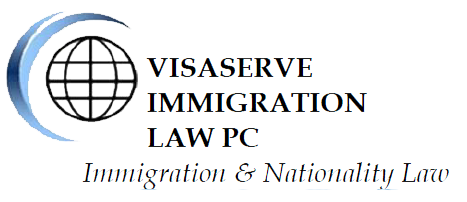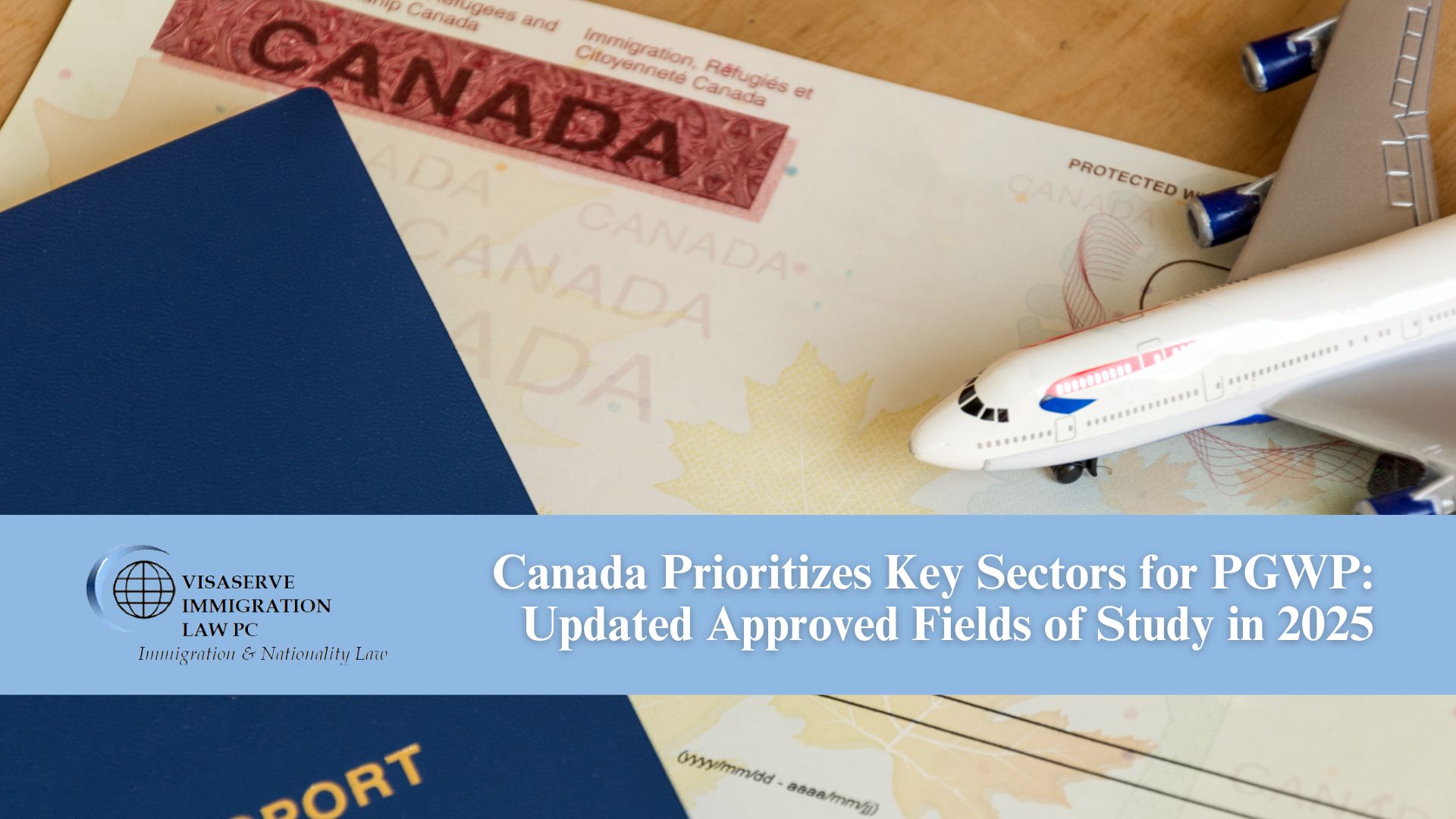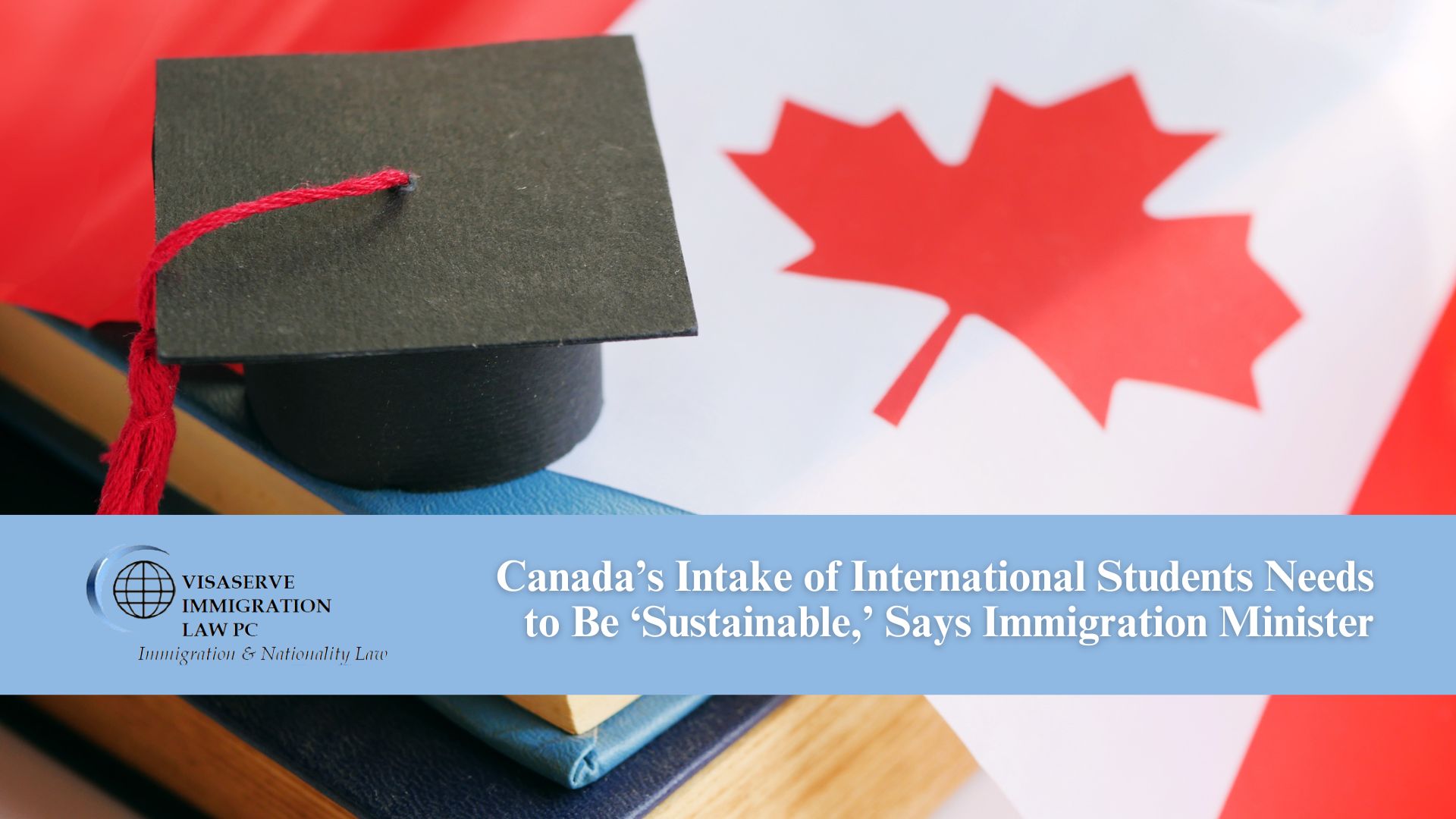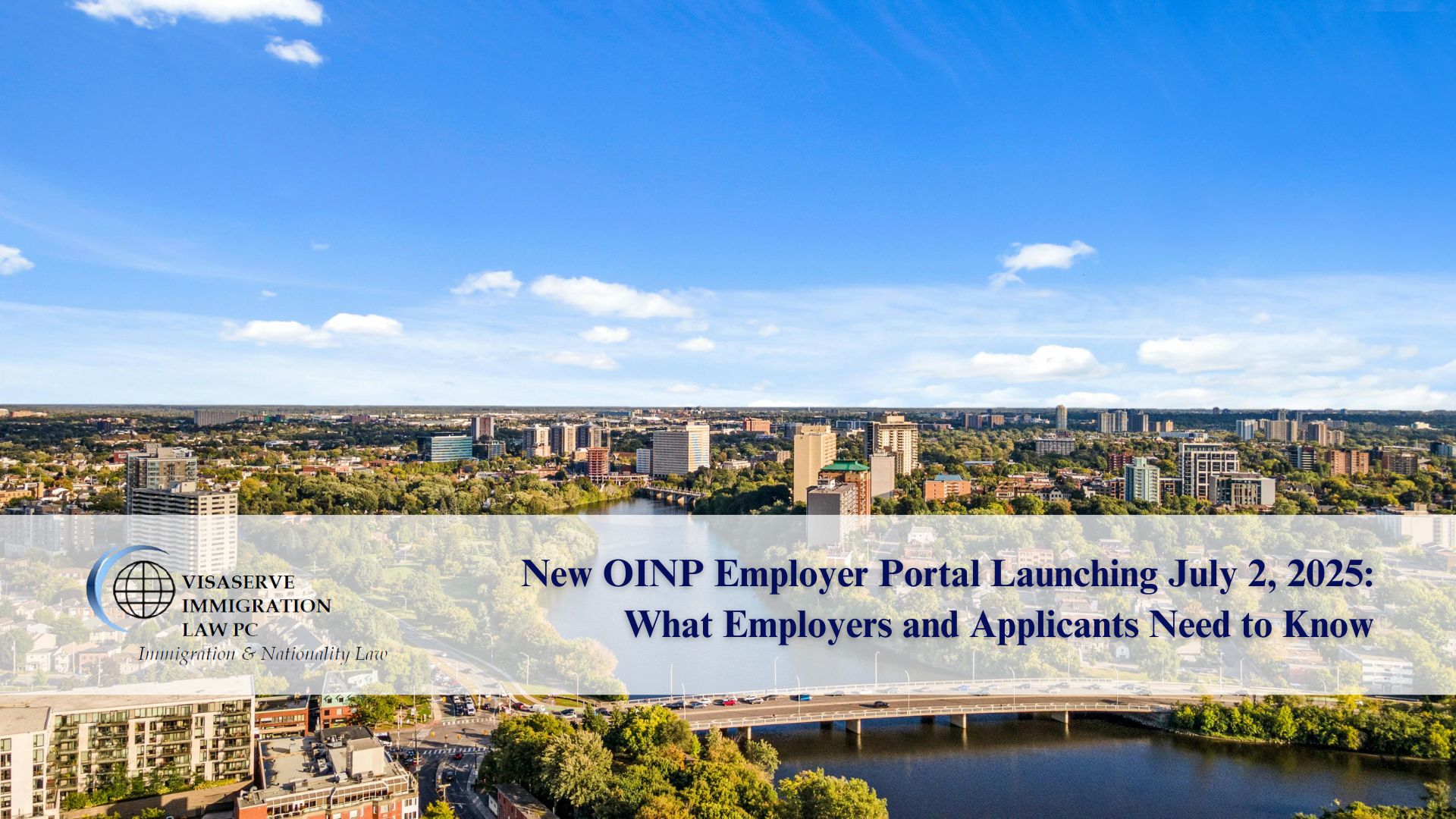Statistics Canada’s March 2025 report, Recent Trends in Migration Flows from the United States to Canada, provides critical insights into evolving migration patterns. Below are key findings based on the data:
1. Shifting Composition of U.S. Immigrants
- Historical dominance of U.S. citizens: In the 1980s, nearly all U.S. immigrants to Canada were American citizens, with over 75% born and last residing in the U.S. This share remained above two-thirds until the early 2010s.
- Rise of non-citizen U.S. residents: By 2019, 45% of U.S. immigrants to Canada were non-citizens (e.g., temporary workers, international students), quadrupling from 2,100 in 2016 to 9,310 in 2019.
- Temporary-to-permanent transitions: U.S. citizens already in Canada as temporary residents (workers/students) accounted for 54% of inflows in 2017. By 2023, most U.S. immigrants fell into this category or were non-citizen residents.

2. U.S. Policy and Canadian Immigration Programs
- 45th U.S. administration impact: Restrictive policies (visa caps, green card delays) drove a 4.6x surge in non-citizen U.S. residents migrating to Canada from 2016–2019.
- 46th U.S. administration trends: Non-citizen inflows dropped by 20% (2021–2024) despite a 38% rise in overall Canadian immigration.
- Canada’s economic-class programs: In 2019, 92% of non-citizen U.S. residents entered through economic streams (e.g., Express Entry), with 89% holding graduate degrees.
3. Returning Canadians from the U.S.
- Surge under 43rd U.S. administration: Returning Canadian-born individuals increased by 92% (1996–2006), while permanent resident returnees rose by 122%.
- Recent declines: From 2016–2021, Canadian-born returnees dipped by 6%, but permanent resident returnees grew by 15% (despite COVID-19 disruptions).
- Demographic profile: In 2021, 64% of returning Canadian-born individuals and 70% of permanent resident returnees aged 25–64 held bachelor’s degrees or higher, compared to 27% of non-returnees.

Conclusion
The report underscores a long-term shift from U.S.-born citizen migrants to non-citizen residents and temporary-to-permanent transitions. Returning Canadians, particularly highly educated individuals, reflect labor market mobility and policy influences. While U.S. political changes correlate with migration fluctuations, economic conditions and Canadian immigration programs remain pivotal drivers.
If you’re looking for personalized immigration services, contact us.







